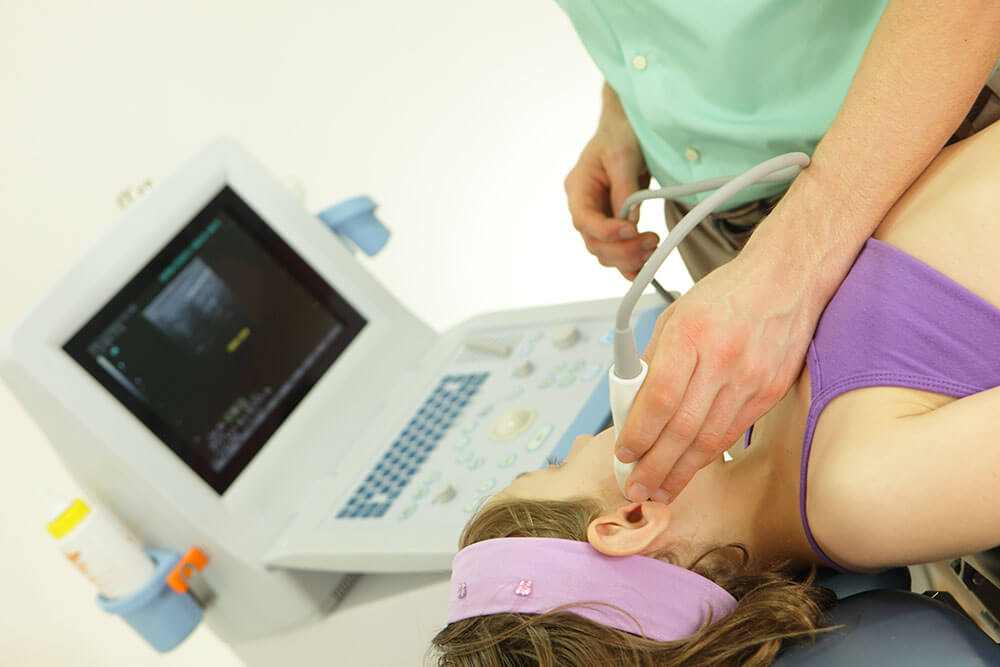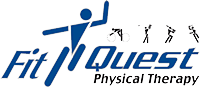

Commonly called TMD, is a dysfunction of the temporomandibular joint. This presents either unilateral or bilateral. This dysfunction can range in severity of pain and “popping”, to full locked positions, either open or closed.
TMD is commonly associated with joint osteoarthritis, headaches, neck and scapular pain, postural changes, pain in the teeth area, joint noises, change in mandibular dynamics, changes in muscle tone, and restriction of movement.
Most Dentists are the initial professional interventionists, and research shows that 79% of Dentists consider Physical Therapy and jaw exercises and effective treatment option. Physical Therapists are well trained in utilization of multimodal approaches to address musculoskeletal dysfunction.
As the preferred conservative management approach, Physical Therapy treatment is reversible and noninvasive; it provides self-care management in an environment to create patient responsibility for their own health.
